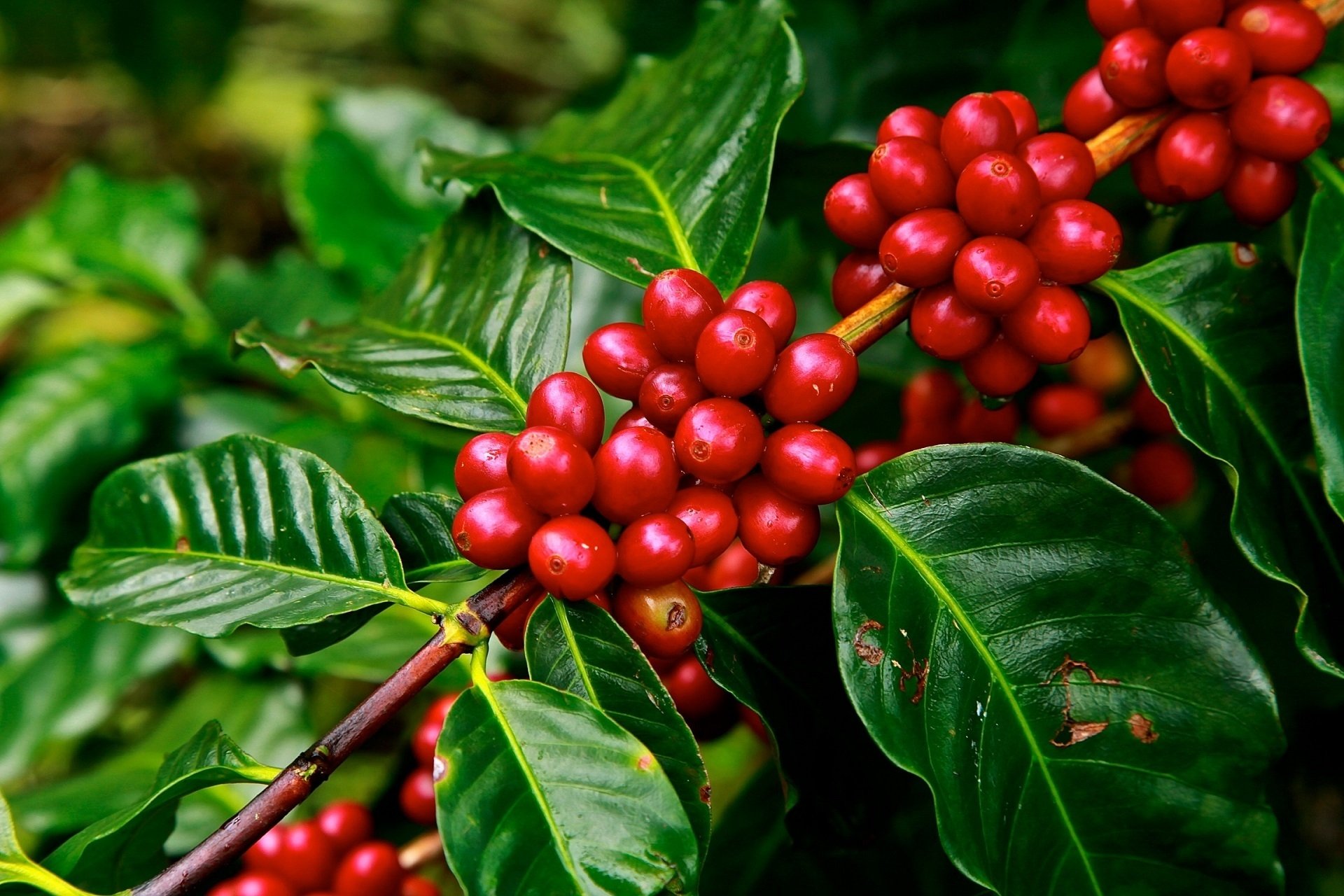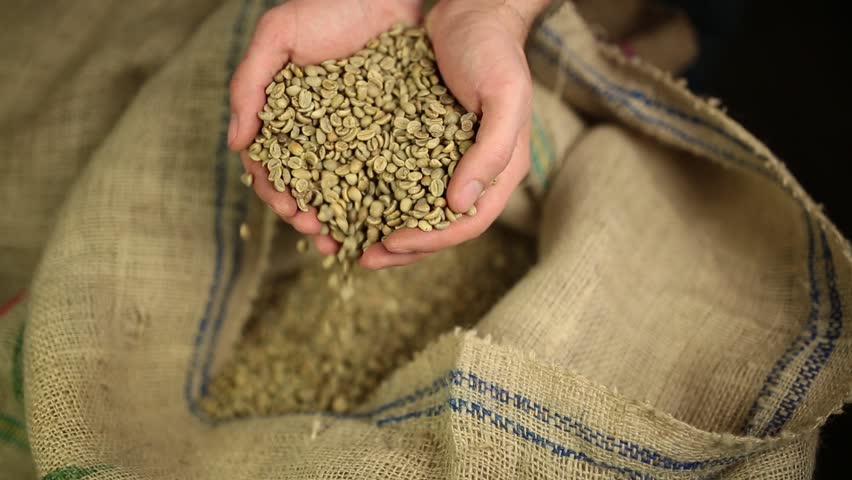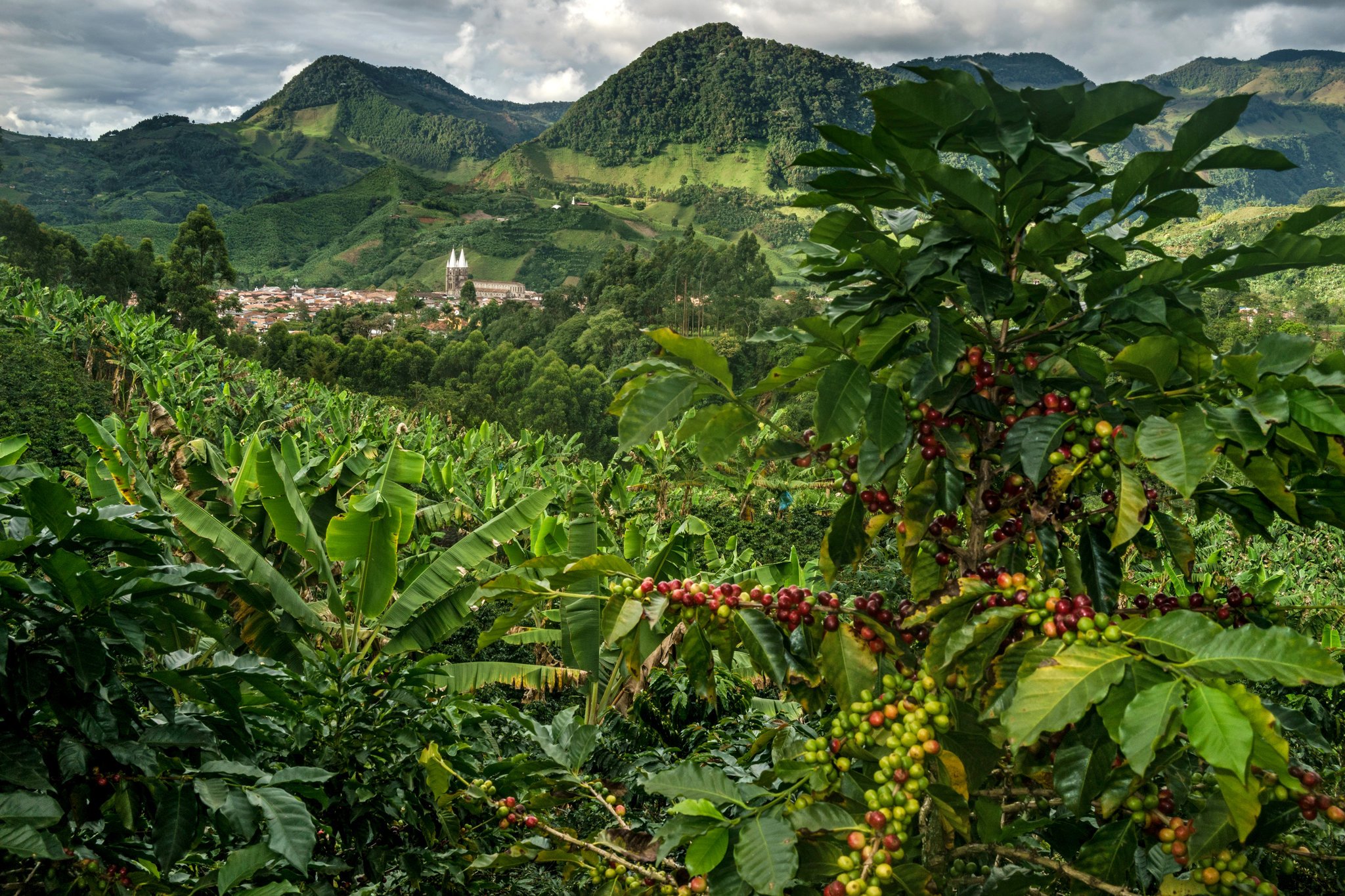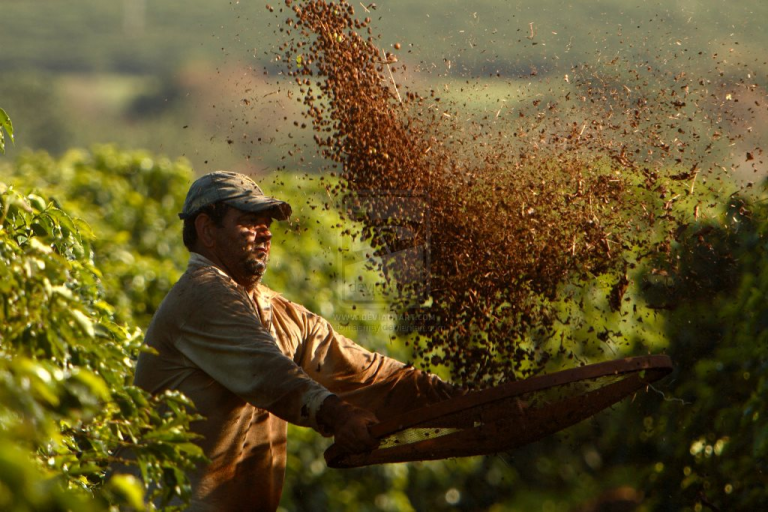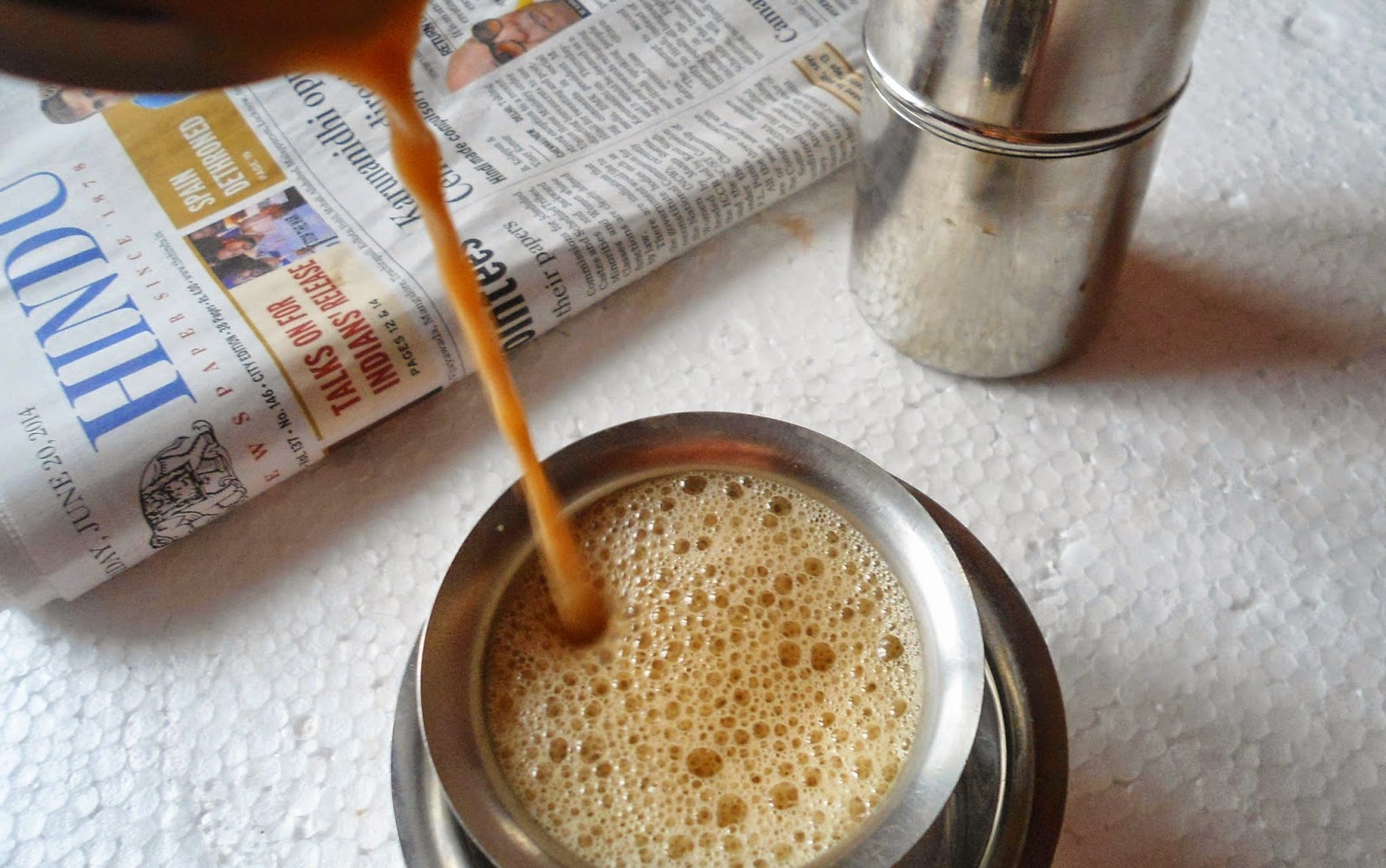Coffee 101: A Guide To Picking The Type Of Coffee That's Perfect For You
Whether you prefer your coffee smooth or strong-bodied, check out this guide to know which beans suit your taste buds best.
If you're reading this, you probably have zero problems telling your lattes and your flat whites apart
But there's so much more than their fancy names! Getting to know where your coffee comes from is a great way to craft the perfect cuppa to suit your taste buds.
Before going into the details of the type of beans and their origins, it helps to figure out just what type of flavour you're looking for
Firstly, there's the smooth and clean flavour, which has a good balance of sweetness and a tart acidity, and they tend to taste relatively mild and light. This type of flavour is relatively more vibrant, and can sometimes be imbued with a fruity or chocolatey taste.
As a general rule, if you love desserts or enjoy a little hint of sweetness in your savoury foods, this flavour profile suits you best.
Then there's the full-bodied and earthy type. This flavour profile is characterised by its relatively stronger taste. This flavour is usually derived from low-acid beans, which can sometimes give off an almost savoury taste.
If you generally enjoy your foods with spicy kick or a strong bitter taste, this flavour profile suits you best.
When it comes to the different types of coffee beans, the two most common species are Arabica and Robusta. Each type comes with its own distinctive range of flavours.
Making up 75% of global coffee production, Arabica beans are generally regarded to be of the finest quality. They are commonly grown at high altitude, which provides the ideal environment for the beans to develop longer, imbuing the beans with a more complex and vibrant flavour.
Depending on the elevation of which they were grown, Arabica beans offer a wide range of flavours, from sweet and smooth to sharp and tart.
Robusta beans, on the other hand, are typically grown at a much lower altitude. The higher temperatures and lower rainfall count cause these beans to mature at a much faster rate. You'll notice that the flavour of Robusta beans are more straight-forward, and not as complex and nuanced as Arabica beans.
Flavour-wise, Robusta beans tend to give off a stronger, earthy taste with a peanut-like aftertaste.
An important point to note is that generally, the higher the coffee's acidity, the better it tastes
The term acidity used to describe coffee is often misunderstood as the kind that causes digestion discomfort. When it comes to describing coffee, high acidity is a good thing. Acidity is what gives the coffee a more vibrant flavour, especially those floral, fruity notes found in some of the finest coffees in the world.
The environment in which the coffee is grown, also known as terroir, affects the beans' taste as well. The different soil and climate in each coffee-producing region are some of the factors that shape the beans' flavour.
Colombian coffee, for example, is characterised by its fine acidity and the hints of fruitiness and nutty undertones. This vibrant mix of flavours is believed to be due to them being grown at a high altitude on the equator.
Brazilian coffee, on the other hand, is grown in completely opposite conditions: low-level locations with relatively less rainfall. This is what brings out its cereal notes. A hint of chocolate is a common flavour component as well.
Indian coffee offers its own unique taste as well. With its relatively low acidity, it's known for its earthiness with a hint of spice. It is also generally known for being full-bodied.
There are further factors that affect the final taste of your coffee, but as a starting point, you can get the flavours you love from the type of beans you pick
If you find that your flavour profile closely resembles the smooth and clean type, you could start off with some good single origins.
However, if you'd prefer something full-bodied and earthy, give blends a try. You're likely to appreciate their stronger taste.



